Planet Nine: What Our Solar System Has To Offer
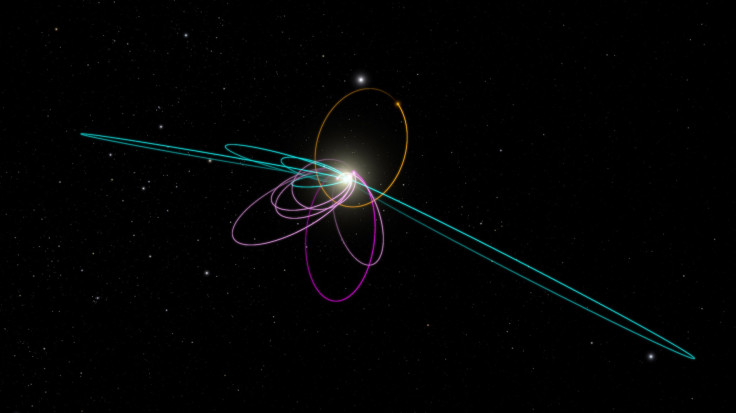
Researchers from the California Institute of Technology (Caltech) have found compelling evidence that there may be another planet lingering at the edge of the outer solar system.
The planet, which has been nicknamed 'Planet Nine' is estimated to have a mass approximately ten times that of Earth, and orbits approximately twenty times farther from the sun than Neptune, its closest neighbour. It would take Planet Nine between 10, 000 - 20, 000 years to complete one full orbit around the sun, according to research.
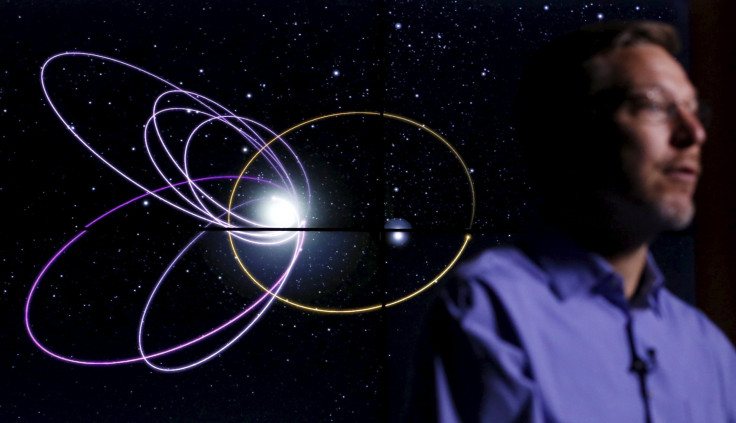
The Caltech researchers behind the discovery of this planet - Mike Brown, also known for spearheading the campaign to remove Pluto's planetary status, and his colleague Konstantin Batygin - had used mathematical modelling and computer simulations in their study. They then released their findings in the "Astronomical Journal" hoping there would be somebody to help them actually locate the planet.
"This would be a real ninth planet," says Brown. "There have only been two true planets discovered since ancient times, and this would be a third. It's a pretty substantial chunk of our solar system that's still out there to be found, which is pretty exciting."
With the search for this planet now in full swing, it's an ideal time to reacquaint ourselves with the beauty of our current solar system.
1 | The Sun

The three 'levels' of the sun all measure at varying temperatures - 27 million degrees Farenheit at the core, 10 thousand degrees Farenheit at the surface, and over 1 million degrees Farenheit at the outer atmosphere (corona). This extreme ultraviolet image, taken on March 30 2010, uses false colours to trace these different gas temperatures on this sun.
2 | Mercury
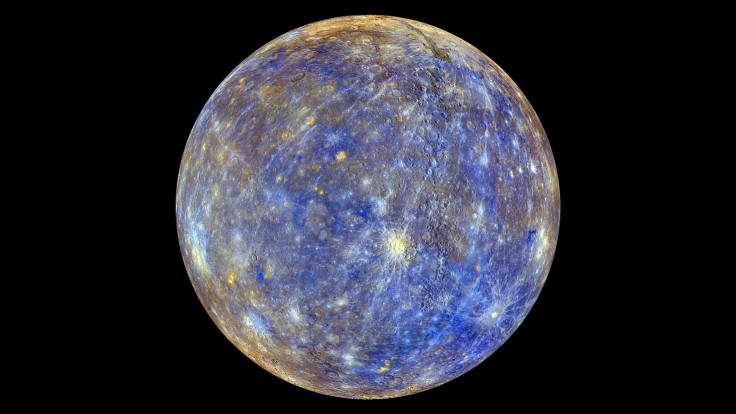
The colours of this photo, released in April 2015, were enhanced in order to show the chemical, mineralogical, and physical differences between the rocks making up Mercury's surface. Scientists analysing this compositon data were confused by the significant differences between the two distinct kinds of rock on the surface and decided to recreate the rocks for experimentation. Following their experimentation in 2013, it was concluded that Mercury was once covered with an ocean of magma.
3 | Venus
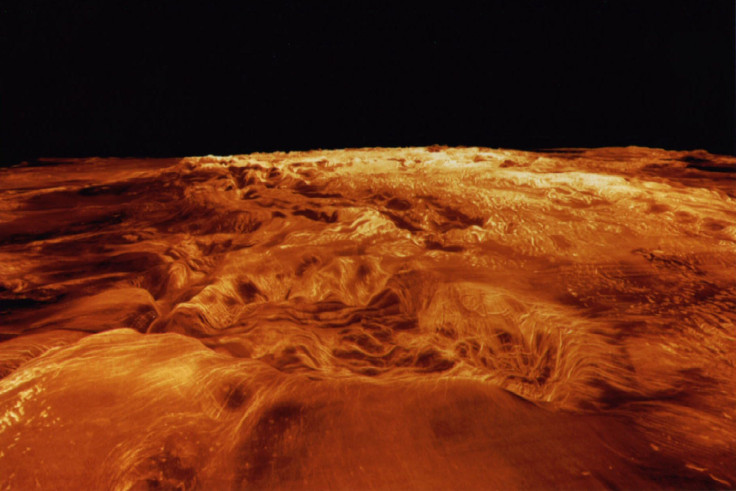
This computer generated image depicts a perspective view of the Ovda Regio on Venus. Ovda Regio is a crustal plateau located in the Aphrodite Terra region of Venus. Covering approximately 15,000,000 square kilometres, the Ovda Regio is the largest crustal plateau on Venus.
4 | Earth
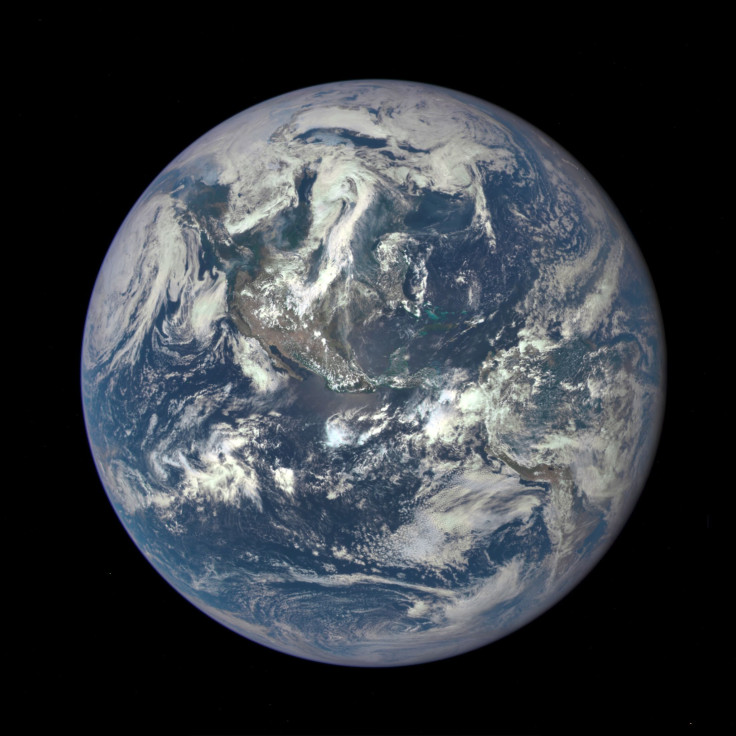
This image of our planet was taken by NASA's Earth Polychromatic Imaging Camera (EPIC), a four megapixel CCD camera and telescope on July 6, 2015. This image uses the red, green, and blue channel filters: red for imaging man-made objects, green for imaging vegetation and deep water structures, and blue for atmosphere and deep water imaging.
5 | Mars
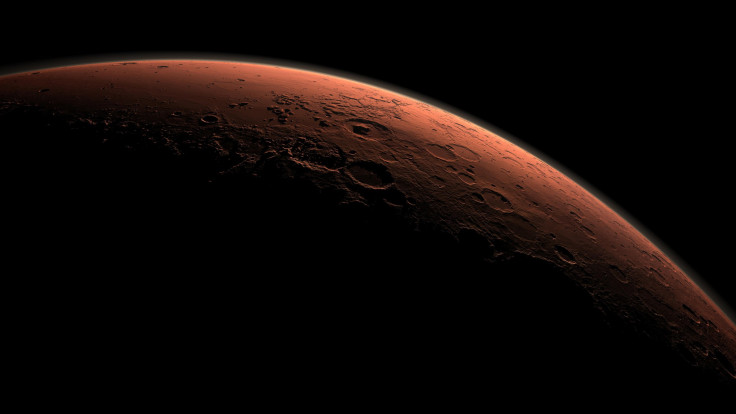
This is a computer generated view of Mars in between darkness and daylight. It shows an area that includes the Gale crater - named for Walter Frederick Gale, an amateur astronomer from Sydney - catching the morning light. The Gale crater is 154 kilometres in diameter, and estimated to be approximately 3.5 - 3.8 billion years old.
6 | Jupiter
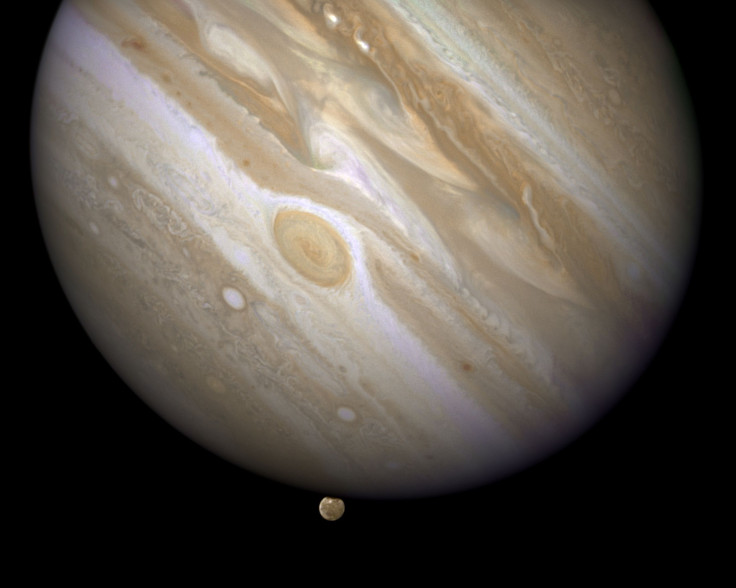
This photo taken on April 9 2007, shows Jupiter and the largest of its sixty seven moons, Ganymede. Ganymede is classified as one of the four Galilean moons discovered in 1610 by Gallileo Galilei. The other Galilean moons are Io, Europa, and Callisto, and they were the first group of objects discovered to orbit around another planet. Ganymede is the only moon in the solar system known to have a magnetosphere.
7 | Saturn
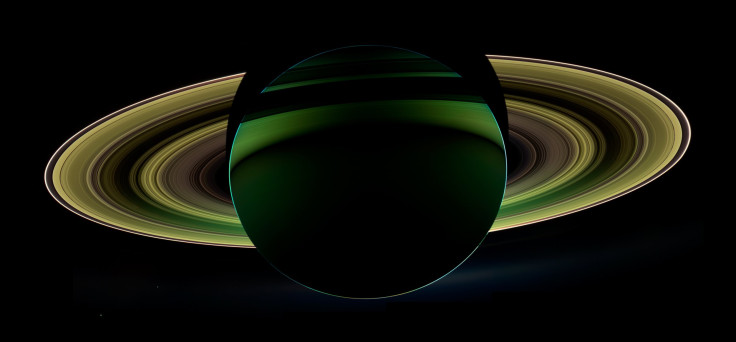
This mosaic of Saturn and its rings was taken on October 17, 2012 by the Cassini spacecraft. Infrared, red, and violet spectral filters were combined in order to create an enhanced colour view. The photo also includes two of Saturn's sixty-two moons: Enceladus, its sixth largest, with a diameter of only 500 kilometres, and Tethys, a mid-sized moon over twice that size at 1, 060 kilometres.
8 | Uranus
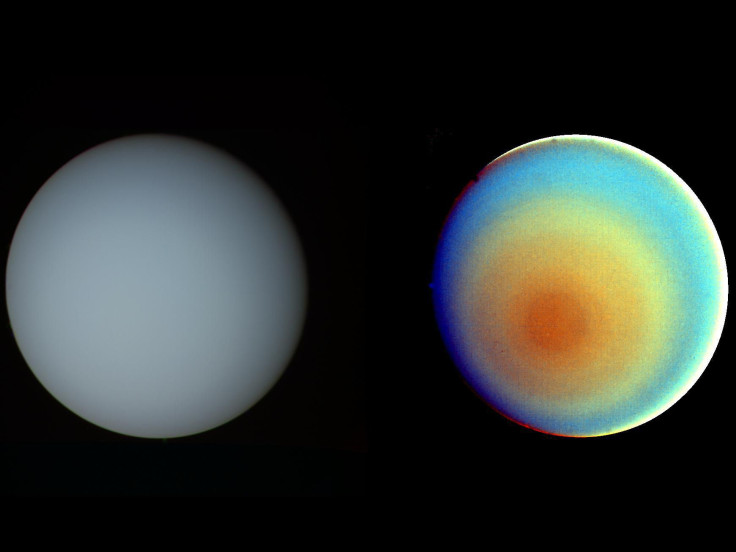
These two photos were compiled from images taken by the narrow-angle camera of Voyager 2 on January 17, 1986. The left photo remained in true colour to show Uranus how the human eye would observe it, and the right was rendered in false colour to bring out the subtle details in the polar region of Uranus.
9 | Pluto
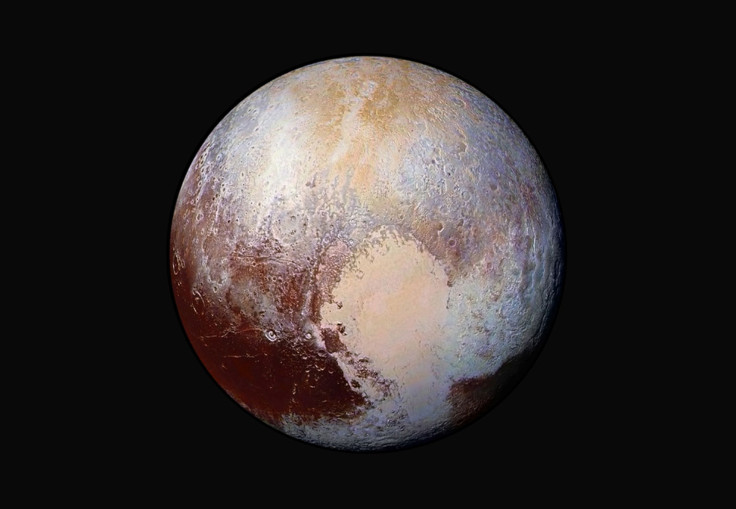
This photo of Pluto was compiled from four images from New Horizons' Long Range Reconnaissance Imager (LORRI), and combined with colour data from the Ralph instrument - a visible/infrared imager to create an enhanced colour global view. Sadly Pluto has been stripped of its planetary status, downgraded simply to a 'dwarf planet' as it did not meet the criteria used to define a full sized planet, bringing our overall planet count down to eight. However, with the search now on for Planet 9, we may be seeing its replacement sooner rather than later.





















